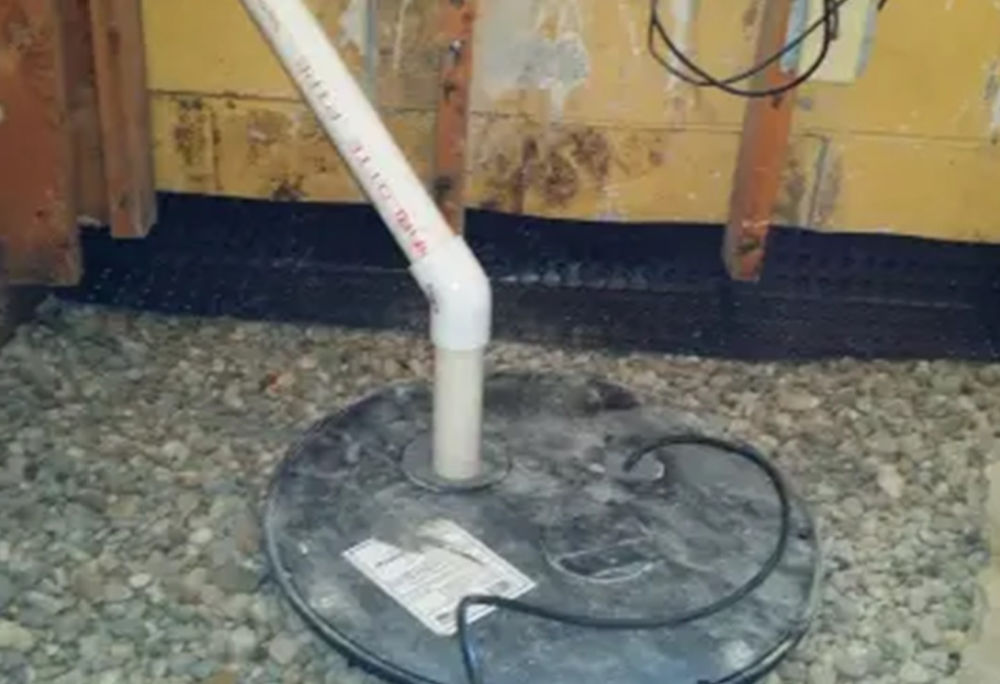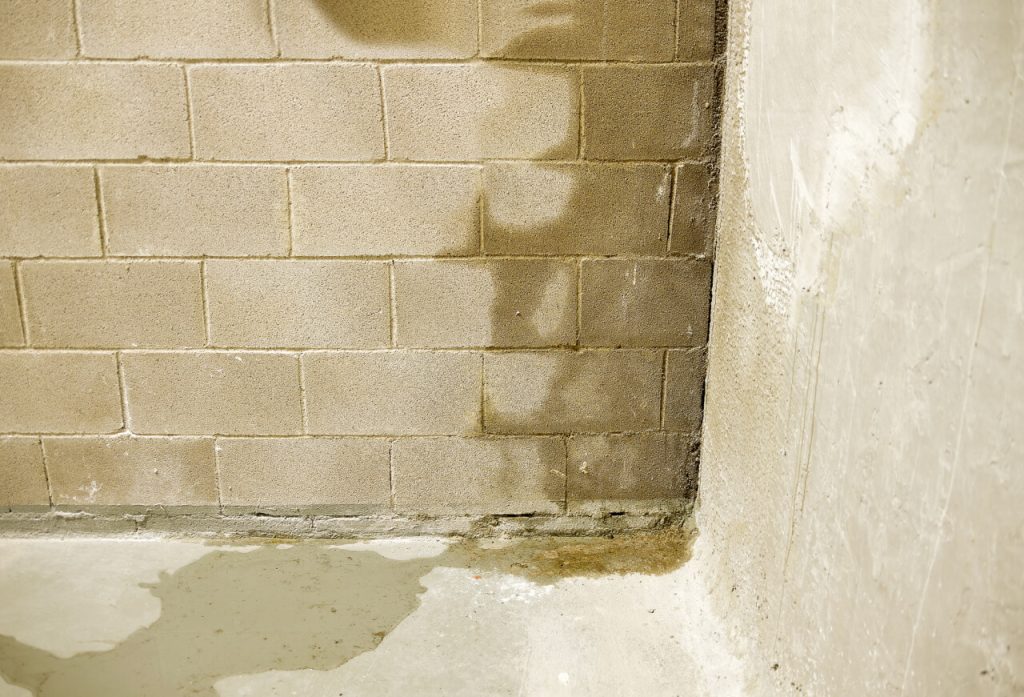

Water in your basement is a common concern for homeowners. It can be a sign of underlying issues that, if left unaddressed, can lead to significant structural damage and increased repair costs. This comprehensive guide will delve into the key causes, effective solutions, and preventative measures to transform your damp basement into a dry, usable space. This article will cover everything from understanding the reasons behind water infiltration to implementing actionable steps for a long-term solution. We’ll examine various foundation repair techniques and explore preventative measures to keep your home dry.
Understanding the Causes of Water Intrusion
Identifying the Source of the Problem
Water seeping into your basement is not just an aesthetic issue—it’s a sign of underlying problems that need immediate attention. Understanding the source of water intrusion is crucial for effective remediation. Several factors contribute to this problem, including faulty downspouts, clogged gutters, poor grading around your home, and even issues with your foundation itself. If you’re dealing with a wet basement, the first step is to pinpoint the exact cause to implement the correct solution. Analyzing the location of water accumulation, whether it’s concentrated in one area or spread throughout, will help you narrow down the potential causes.
Effective Solutions for a Dry Basement
Addressing the Underlying Issues
Implementing the proper solutions for a damp basement goes beyond superficial fixes. Addressing the underlying cause of water intrusion is essential. One common source is improper grading around your home. If water pools near your foundation, it can seep into the basement walls. Solutions include redirecting water away from the house with proper grading techniques and ensuring the slope directs water away from the structure. Similarly, clogged gutters or downspouts allow rainwater to pool around the foundation. Regular gutter cleaning is essential to prevent water buildup.
Foundation Repair and Waterproofing Techniques
Another crucial aspect involves foundation repair. Cracks in the foundation can allow water to enter the basement. Professional foundation repair techniques, such as epoxy injection, crack repair, or complete foundation replacement, can effectively address these issues. These procedures, performed by qualified contractors, often involve excavation, waterproofing materials, and structural reinforcement. Waterproofing techniques, such as interior or exterior basement waterproofing, can create a barrier against water intrusion.
Preventative Measures for Lasting Solutions
Proactive Maintenance to Prevent Problems
Proactive maintenance significantly reduces the risk of water damage in your basement. Regular inspections of gutters and downspouts are crucial to ensure they are functioning properly and free from clogs. Maintaining proper grading around the house helps to direct water away from the foundation, while regular foundation inspections can detect early signs of cracks or settling. These preventative measures can mitigate the risk of water problems, saving you from potentially costly repairs later on.
The Role of Professional Contractors
Expert Consultation for Foundation Repairs
Dealing with water in your basement often requires professional expertise. Foundation contractors have the knowledge and equipment to assess the situation, diagnose the source of the problem, and implement the appropriate solutions. They can identify hidden issues that might not be obvious to the untrained eye, preventing further damage to your home. Employing a qualified contractor ensures that the repair process is carried out correctly and effectively.
Conclusion
Case Studies and Real-World Examples
Choosing the Right Contractor
Cost Considerations for Basement Solutions
Frequently Asked Questions
What are the most common causes of water in my basement?
Several factors can contribute to water seeping into your basement, including improper grading around the house, clogged gutters, and even issues with the foundation itself. Poor drainage redirects rainwater toward the foundation, leading to saturation. Blocked gutters cause water to overflow, increasing surface water around the house. Foundation cracks or settling can also create openings for water to enter. Identifying the root cause is crucial for effective remediation. Professional inspection by a foundation contractor ensures a comprehensive diagnosis of the situation.
How much does it typically cost to fix water intrusion in a basement?
The cost of fixing water intrusion in a basement varies greatly based on several factors. The extent of damage, the specific cause of the water intrusion, and the chosen remediation methods all affect the final price. A small, simple solution like gutter repair may cost just a few hundred dollars. Major foundation issues might involve tens of thousands. It’s highly recommended to get quotes from several reputable contractors experienced in foundation work to get an accurate estimate. This will help in making informed decisions about the necessary repairs.
Are there any preventative measures I can take to avoid future water problems in my basement?
Preventing water issues in your basement involves proactive measures throughout your property. Firstly, ensure proper grading around your house to direct water away from the foundation. Clogged gutters or downspouts will redirect water towards the house. Inspect and clean your gutters regularly. If there are any cracks or settling in your foundation, address them promptly by consulting foundation specialists. These preventative steps are not only cost-effective but also protect your property from further issues.
In conclusion, addressing water in your basement isn’t just about aesthetics; it’s about protecting your foundation and home’s structural integrity. Implementing the strategies discussed, from proper drainage to foundation repairs, creates a dry and comfortable living space. Schedule a consultation with a qualified foundation specialist to assess your specific situation and get a personalized plan. A proactive approach prevents costly future damages and ensures lasting value for your home.